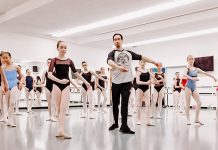Hello, friends! We hope you enjoyed taking a look around the new YAGP blog last month. Perhaps you’ve already begun applying some of the tips on planning ahead and maintaining perspective from the previous post (if so, we’d love to hear from you in the comments below), or maybe this is your first time visiting the YAGP blog. Either way, welcome!
We recently spoke with Jean-Yves Esquerre, Director of the European School of Ballet in Amsterdam, about one of the most important career – and life – skills a dancer can learn: auditioning.
A former Artistic Director of Les Ballets de Monte Carlo and Dutch National Ballet Academy, Jean-Yves has taught and staged works at numerous companies and schools around the world, including San Francisco Ballet, Paris Opera Ballet, The Royal Ballet School, and many others. He also directed the Trainee Program at San Francisco Ballet School and implemented the Dutch National Trainee Program, the success of which led to the formation of the European School of Ballet, the only school in Europe to have a Trainee program.
Jean-Yves has hired dancers as an artistic director and coached his students on how to succeed in auditions, so he definitely knows a thing or two on the subject. Read on to learn more about putting your best foot forward in your own auditions.

YAGP: What exactly is a Trainee program, and why is it important?
Jean-Yves Esquerre: About 12 years ago, I started what became a very successful Trainee Program with the San Francisco Ballet. The idea was to create a platform for students who had finished or were about to finish their studies who needed an extra season to polish their technique and their artistic skills before facing their audition process for professional companies. I then brought this concept to European School of Ballet, where our Trainees reach close to 100% employment every year.
We have customized an intensive schedule comprising long hours of ballet classes added with pointe work, classes for men, and pas de deux, along with many one or two-week workshops during the season based on the different choreographic styles that dancers will have to face in the top companies they plan to audition for. These workshops range from the French 19th century repertoire to Petipa, Bournonville, Balanchine, William Forsythe, Crystal Pite, David Dawson, and others, as well as improvisation. Dancers can immerse themselves for 20 to 30 hours a week into a particular style and explore their capacity to expand their knowledge and versatility.
YAGP: How do you choose the right company auditions for your students?
JYE: It’s actually the other way around: dancers should get a sense of the companies they might be good for. We encourage dancers to do their homework, but we also guide them through that process, with consideration to the following:
- First, dancers should make a list of all the ballet companies in the countries in which they would be interested in working.
- From there, they should create their ideal list according to what they think could be a good match, ranging from the “dream companies” to those that may seem to them like a more realistic choice.
- Here, we help the dancers understand that there are many factors which could prevent them from being hired by their favorite companies, however the companies that will accept them might, in the end, be the best place to begin their careers.
- The next step is to focus on the companies that might potentially hire them. Dancers need to understand the financial burden of auditioning around the world; a realistic plan that optimizes their chances of being hired should be the goal.
- Dancers must of course research the companies online—the repertoire, the auditions, and especially the height requirements and all specifics each company is looking for.
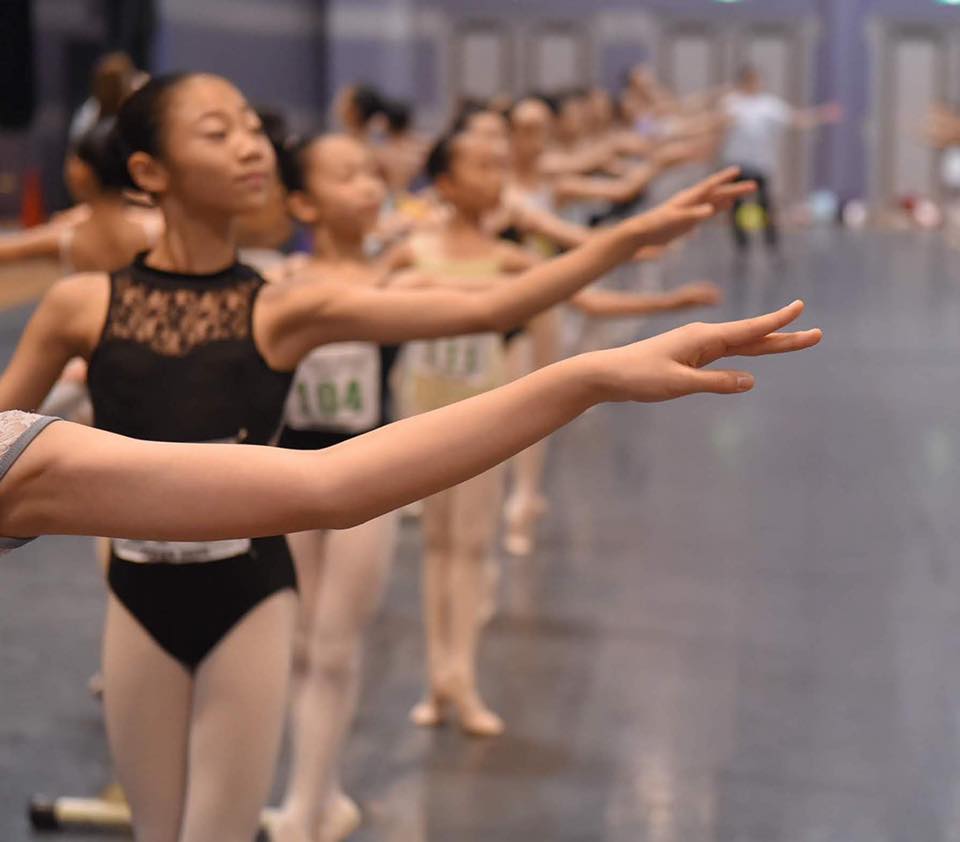
YAGP: Are there different types of auditions for a company?
JYE: We know that some companies organize more than one audition a year before they actually give out the few contracts available for the following season. Therefore, it is sometimes wise to take that into account before establishing a list of audition trips. Typically, dancers will face three audition scenarios:
- The open audition, which is sometimes the official way for that company to hire new dancers. This can be the most challenging way to audition for a company, as there may be as many as 200-300 dancers present.
- The private audition, where dancers might be invited to take a class and be seen by the ballet master and/or director. This may take connections and requires permission from the company to have a chance to be seen during regular company classes.
- Finally, probably the best way to audition, if possible, is to be invited for a few days or a week and participate in both classes and rehearsals in order to be evaluated on a larger spectrum and so the director of the company can observe if the dancer would be a good fit with the current group of company members.
YAGP: Let’s talk about what happens before the audition. Is the CV an important part of the process, and do you have any tips on how to best format your CV?
JYE: The CV is a very important part of the audition. I have a preset format I recommend to our dancers. A couple of years ago, a group of international school and company directors led by Mavis Staines, Artistic Director of Canada’s National Ballet School, gathered to discuss the type of information directors needed to obtain from auditioning dancers and the ideal format in which this information should be presented, resulting in the International Audition Pre-Selection Guidelines. I recommend using these guidelines, which also allows students and schools to focus their resources more efficiently when preparing for a number of auditions at one time.
International Audition Pre-Selection Guidelines (IAP Guidelines)
An applicant is required to submit the following material only:
- CV
- Head shot
- 2-3 dance photos revealing the dancer’s proportions and line
- A video with no introduction or special editing, consisting of the following material performed in leotard and tights for women and tight-fitting dance attire for men:
For women:
- a short classical variation drawn from the standard repertoire, danced in pointe shoes
- a short contemporary variation (that could consist of something drawn from repertoire, phrases from classwork or an applicant-created work) that illustrates the applicant’s command of a range of movement different from that demonstrated in the classical variation
- 3-5 minutes of barre work, incorporating both sides, danced in pointe shoes
- 3-5 minutes of centre work that includes adagio, pirouettes, petit and grand allegro, danced in pointe shoes
For men:
- a short classical variation drawn from the standard repertoire
- a short contemporary variation (that could consist of something drawn from repertoire, phrases from classwork or an applicant-created work) that illustrates the applicant’s command of a range of movement different from that demonstrated in the classical variation
- 3-5 minutes of barre work, incorporating both sides
- 3-5 minutes of centre work that includes adagio, pirouettes, petit and grand allegro
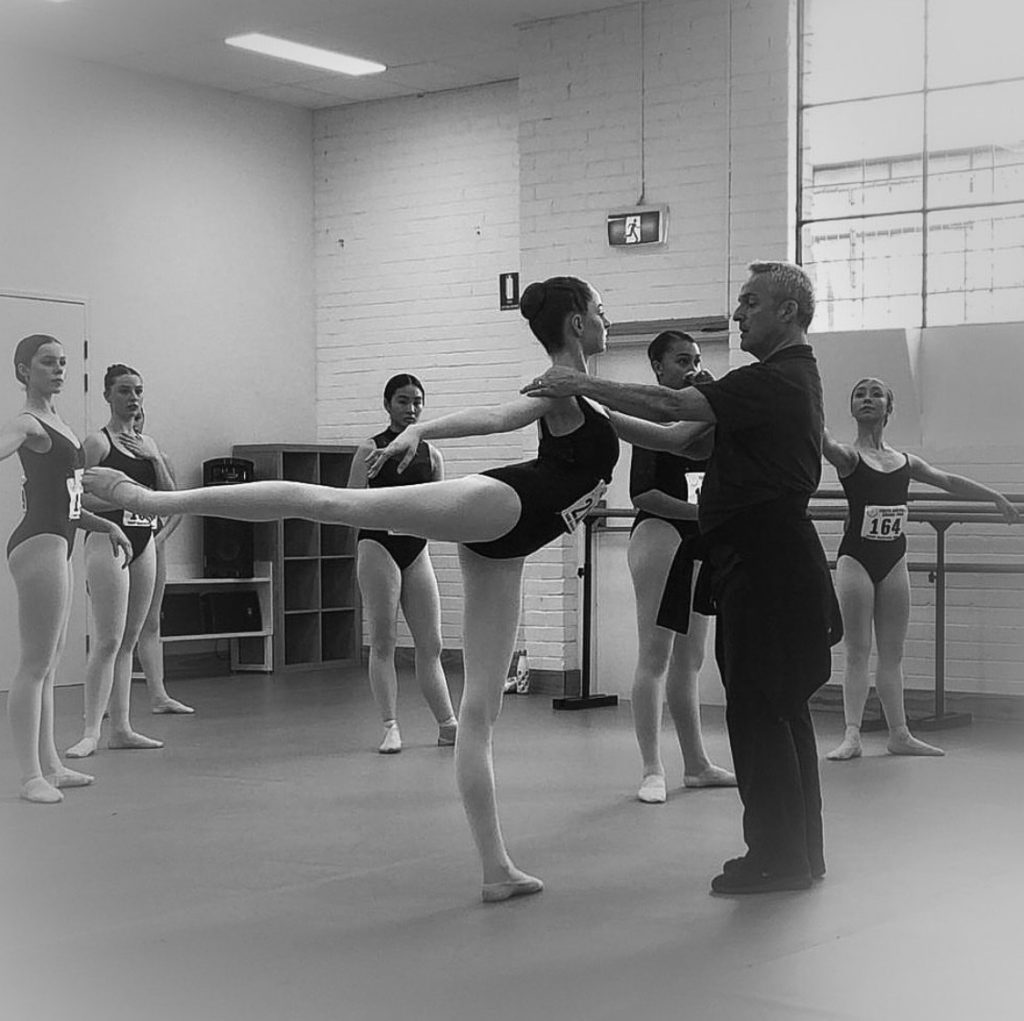
YAGP: Dancers often ask, “how do I get noticed and stand out in an audition situation?”
JYE:
- Dress correctly – If a specific dress code has not been specified, dress in a way that is appropriate to the type of company for which you are auditioning.
- If you are taking a company class and are unsure where to stand at the barre, the best approach is often just to ask a company member – this can help you feel more comfortable during the audition.
- When working in the center, try not to hide, and find a spot within the second or third group of dancers.
- Avoid forcing your way to the front of the group and placing yourself in front of the principal and soloist dancers of the company. Usually the other dancers will let you know what’s best and might even make some room for you to be seen by the director.
- Finally, keep in mind that the teacher might want to coach you or other dancers at the end of class in order to test their ability to take and understand corrections.
YAGP: Once you do “get noticed,” do you have any tips on creating a favorable impression?
JYE: The ideal behavior is difficult to define since it depends on your personality, how you deal with pressure, and how you like to present yourself. Looking too shy is not a positive thing, but overdoing it by acting overconfident, or too relaxed, might not be the best thing either. Etiquette is something all dancers must be taught during their time in school and already ingrained before embarking on auditions for professional companies. You should also know that if and when directors are REALLY interested, they will let you know!
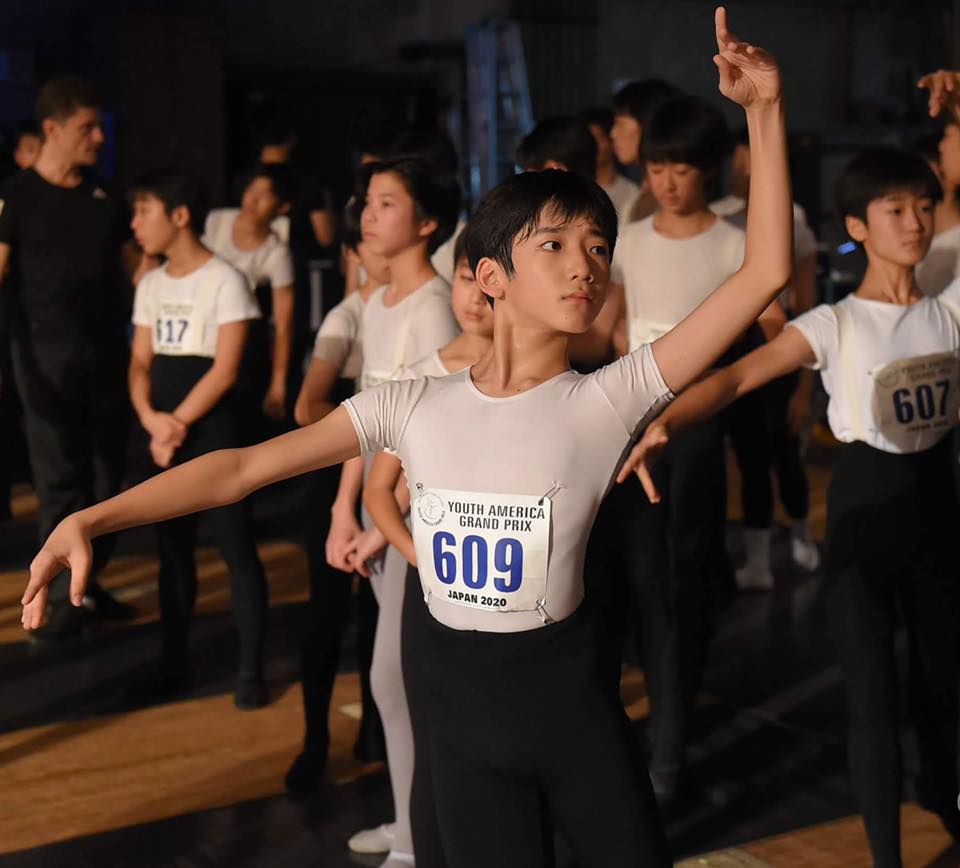
YAGP: Is there anything you recommend doing after auditioning for a company?
JYE: It is not inappropriate to ask for feedback after a company audition, especially in private audition settings, to get a sense of how you have been perceived and if there is a level of appreciation for your work. Just remember to do so respectfully and politely – etiquette and good manners always go a long way in any setting.
I would also recommend taking a moment to process and analyze the experience for yourself. No matter how the audition went, keep in mind that it is an important experience for you and a chance to evaluate your capacity to handle stress and pressure. Also, rejection is part of the deal of being a dancer. You may face a lot of them before you are considered for a job, but when the right opportunity does come along, you will be better prepared to take it.
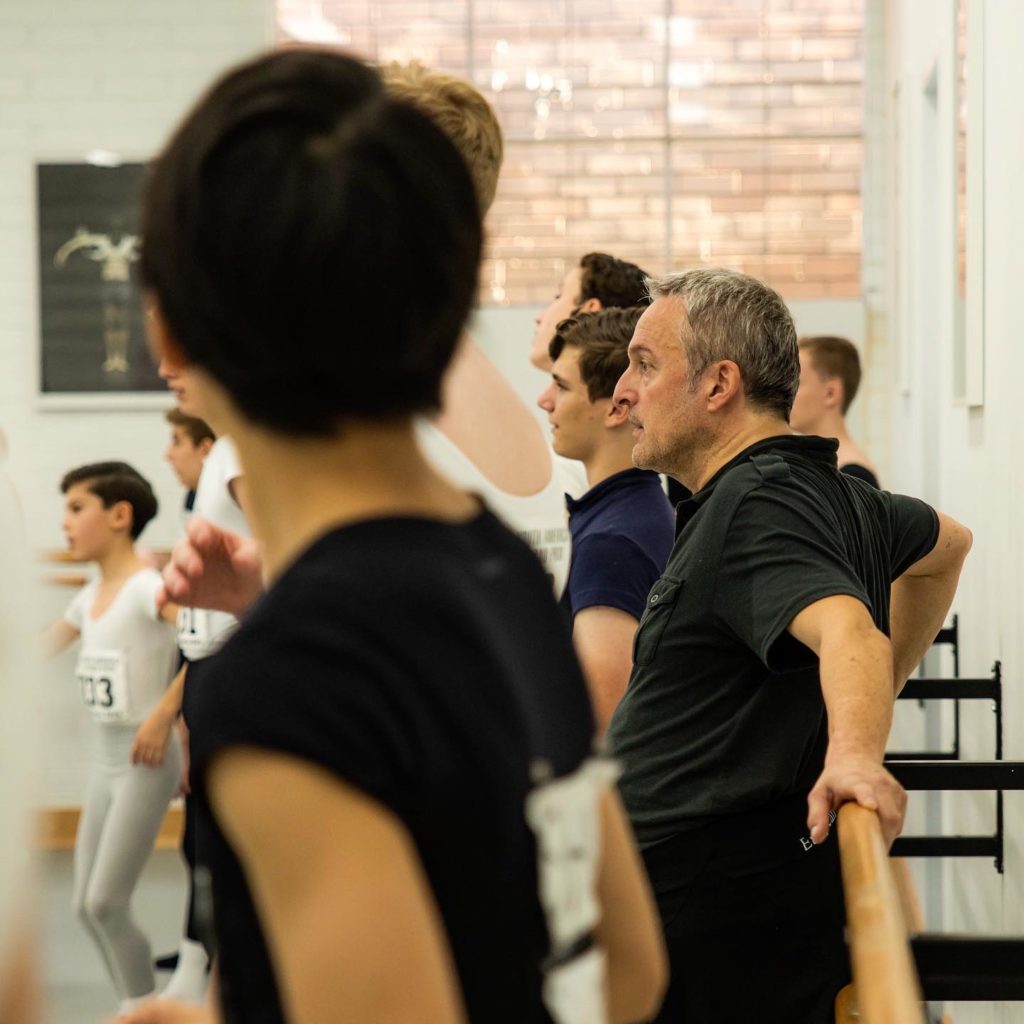
If you enjoyed this post, please share with others by using #YAGPBlog and tagging YAGP.
Comments, questions, requests for future blog articles? Write to us below, or send us an email. Your comments help us better serve readers like you. Till next time!








